
Need assistance?
Need Assistance? Call Us 0330 058 0630
24/07/2025 • by Alice P
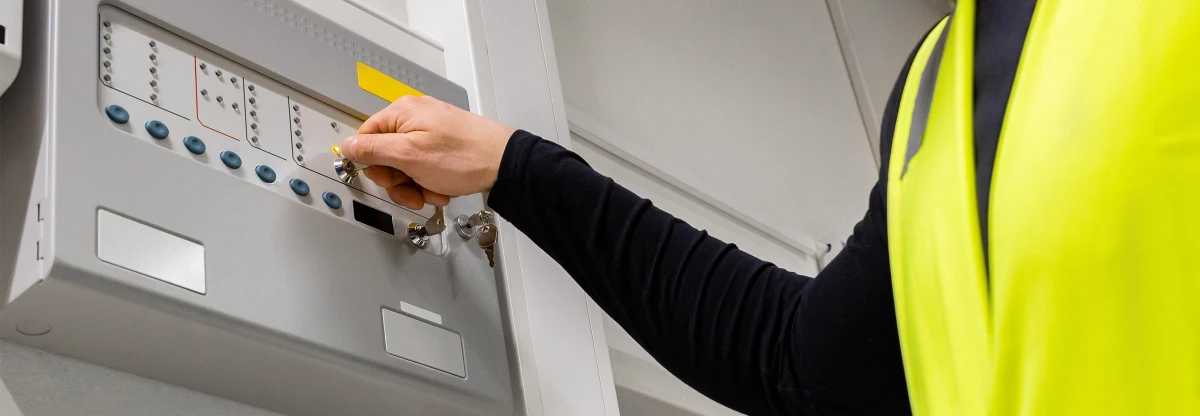
Selecting the right commercial fire alarm systems for your building is a critical decision that ensures the safety and compliance of your premises.
With various types of fire alarm systems available, understanding what suits your specific needs can be an intricate process.
From the conventional systems that are ideal for smaller, uncomplicated structures to sophisticated addressable fire alarms perfect for larger facilities, each offers distinct advantages.
Bi-wire fire alarm systems provide a cost-effective solution with simplified wiring, while wireless fire detection systems offer flexibility and minimal installation disruption.
This guide will explore these options, aligning them with fire safety regulations to help you make an informed choice tailored to your building's requirements.
Commercial fire alarm systems are essential for protecting lives and property. This section explores the importance of fire safety regulations, provides an overview of different types of fire alarm systems, and outlines key considerations for system selection.
Fire safety regulations are crucial for ensuring the protection of people and property in commercial buildings. These regulations set minimum standards for fire detection and warning systems, helping to prevent catastrophic losses.
In the UK, the Regulatory Reform (Fire Safety) Order 2005 outlines the legal requirements for fire safety in non-domestic premises. This legislation places the responsibility on building owners and managers to conduct regular fire risk assessments and implement appropriate safety measures.
Compliance with these regulations not only ensures legal adherence but also demonstrates a commitment to occupant safety. Failure to comply can result in severe penalties, including fines and imprisonment, emphasising the critical nature of fire safety in commercial settings.
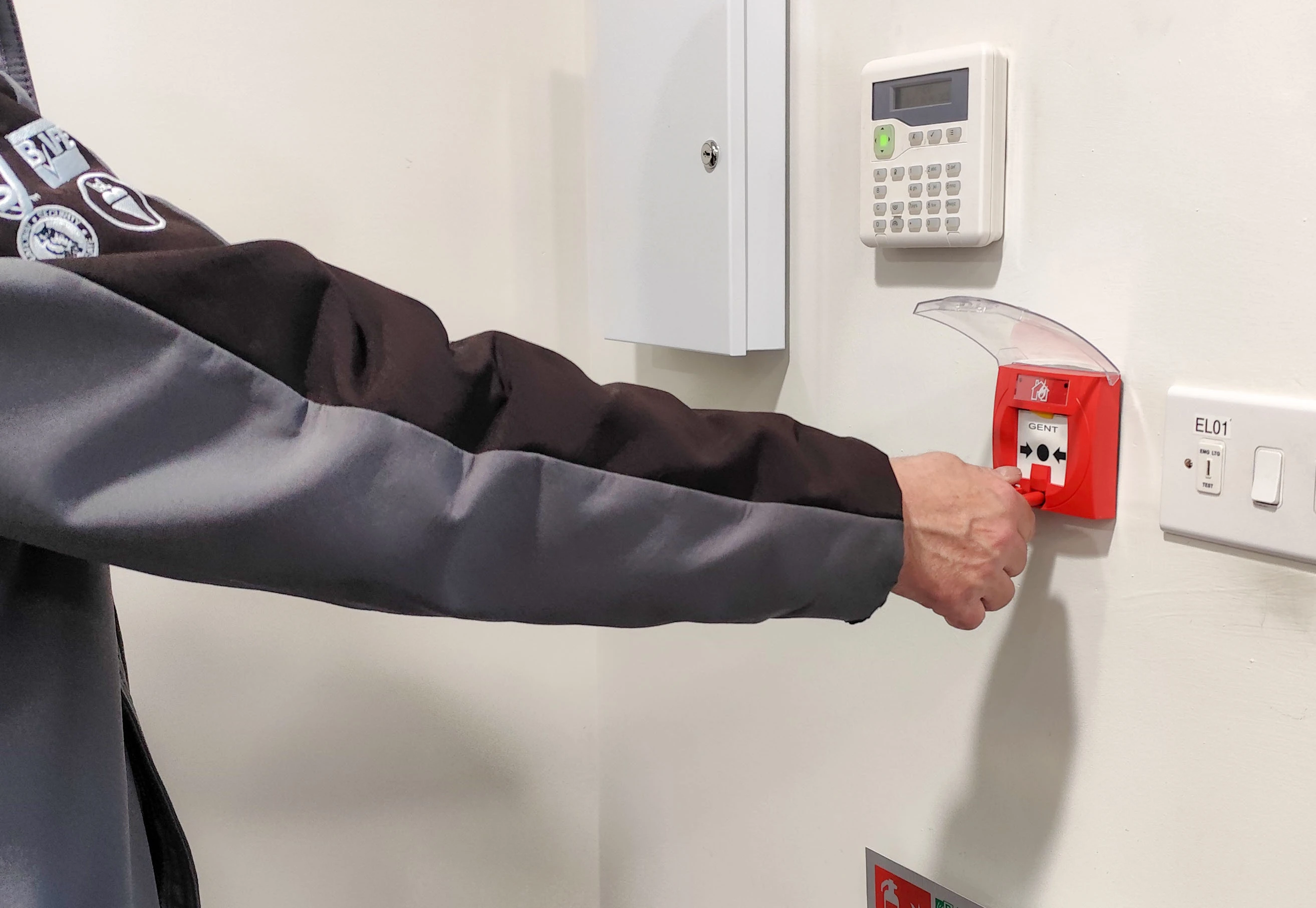
Commercial fire alarm systems come in various types, each designed to meet specific building requirements and safety needs. The main types include conventional, bi-wire, addressable, and wireless systems.
Conventional systems are the most basic and are typically used in smaller buildings. They divide the building into zones, allowing firefighters to quickly identify the general area of a fire.
Bi-wire systems offer a cost-effective solution by using a single cable for both power and communication, simplifying installation and reducing wiring costs.
Addressable systems provide precise location information for each detector or call point, making them ideal for larger, more complex buildings. They offer advanced features like individual device monitoring and programmable evacuation sequences.
Wireless systems use radio frequency signals instead of wires, offering flexibility in installation and minimal disruption to building aesthetics. They are particularly useful in heritage buildings or where wiring is challenging.

Selecting the right fire alarm system requires careful consideration of several factors to ensure optimal protection and compliance with fire safety regulations.
Building size and layout: Larger, more complex buildings typically require more sophisticated systems like addressable alarms.
Occupancy type: The nature of building use (e.g., office, factory, hospital) influences the choice of system and detection methods.
Budget: While safety should never be compromised, budget constraints may influence the choice between different system types.
Future expansion: Consider systems that can be easily expanded or upgraded to accommodate future building changes.
Maintenance requirements: Some systems require more frequent or specialised maintenance, which should be factored into long-term planning.
By carefully evaluating these factors, building managers can select a fire alarm system that provides optimal protection while meeting regulatory requirements and operational needs.
Conventional fire alarm systems are the most basic type of commercial fire alarm systems. They are simple, cost-effective, and suitable for smaller buildings with straightforward layouts.
Conventional fire alarm systems are best suited for smaller, less complex buildings where a general indication of fire location is sufficient.
These systems are ideal for:
Small to medium-sized offices
Retail shops
Warehouses with simple layouts
Schools with a limited number of classrooms
In these environments, conventional systems provide adequate protection without the need for more complex and costly alternatives.
The simplicity of conventional systems makes them easier to install and maintain, which can be advantageous for buildings with limited technical support or those operating on tighter budgets.
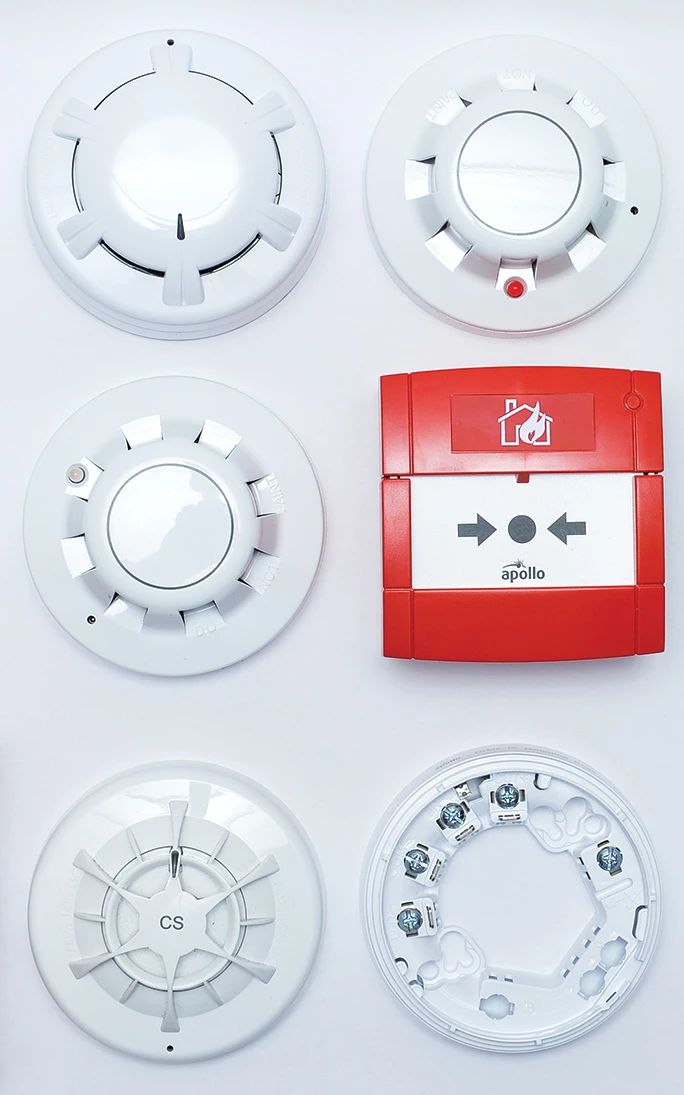
Conventional fire alarm systems offer several key features that make them suitable for certain applications:
Zone-based detection: The building is divided into zones, allowing for a general indication of where a fire has been detected.
Simple wiring: These systems use a straightforward wiring approach, making installation and maintenance relatively uncomplicated.
Cost-effective: For smaller buildings, conventional systems often provide the most economical fire detection solution.
However, these systems also have limitations:
Limited precision: They cannot pinpoint the exact location of a triggered device, only the zone.
Restricted programmability: Conventional systems offer fewer options for customised responses to different fire scenarios.
Scalability issues: As buildings grow or become more complex, conventional systems may struggle to provide adequate coverage and functionality.
Understanding these features and limitations is crucial for determining whether a conventional system is the right choice for a particular building.
Bi-wire fire alarm systems offer a middle ground between conventional and addressable systems. They provide enhanced functionality while maintaining cost-effectiveness and simplicity.
Bi-wire fire alarm systems offer several advantages that make them an attractive option for many commercial buildings:
Simplified wiring: These systems use a single cable for both power and communication, reducing installation complexity and costs.
Increased device capacity: Bi-wire systems can support more devices per zone compared to conventional systems, offering greater coverage without the need for complex addressable setups.
Enhanced functionality: While not as advanced as addressable systems, bi-wire alarms offer features like device-type identification, which can help in troubleshooting and maintenance.
Cost-effective upgrade: For buildings outgrowing conventional systems but not requiring full addressable functionality, bi-wire systems provide a cost-effective upgrade path.
Compatibility: Many bi-wire systems are compatible with both conventional and addressable devices, offering flexibility in system design and future upgrades.
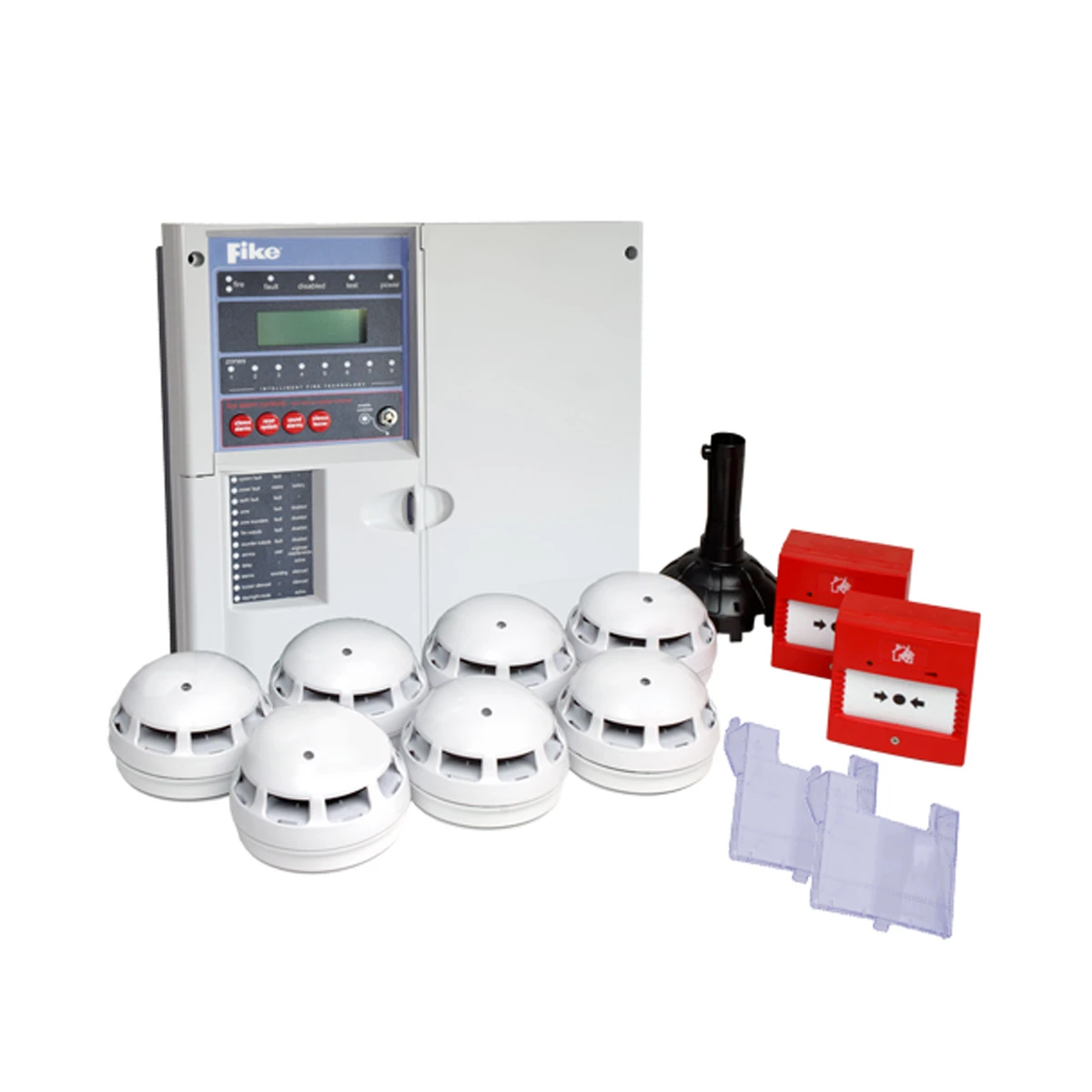
Bi-wire fire alarm systems are particularly well-suited for:
Medium-sized office buildings
Schools and educational facilities
Retail complexes
Hotels and hospitality venues
These environments benefit from the improved functionality of bi-wire systems without the complexity and cost of fully addressable solutions.
Bi-wire systems are also ideal for buildings undergoing expansion or renovation, as they offer an easy upgrade path from conventional systems and can be integrated with existing infrastructure.
When considering a bi-wire system, it's important to assess the building's current needs and future growth plans to ensure the system will provide adequate protection and scalability.
Addressable fire alarms represent the pinnacle of commercial fire detection technology. These sophisticated systems offer precise location information and advanced features, making them ideal for larger, more complex buildings.
Addressable fire alarms provide numerous benefits that enhance safety, efficiency, and management of fire detection systems:
Precise location identification: Each device has a unique address, allowing for exact pinpointing of activated detectors or call points.
Reduced false alarms: Advanced algorithms and individual device monitoring help distinguish between genuine fire conditions and false triggers.
Programmable responses: The system can be programmed to respond differently to various fire scenarios, improving evacuation efficiency and firefighting effectiveness.
Self-diagnosis: Addressable systems can perform regular checks on connected devices, alerting maintenance staff to any faults or issues.
Integration capabilities: These systems can often integrate with other building management systems, enhancing overall safety and operational efficiency.

Addressable fire alarms are particularly well-suited for:
Large office complexes and high-rise buildings
Hospitals and healthcare facilities
Universities and large educational institutions
Shopping centres and large retail environments
Industrial facilities with multiple areas requiring different detection methods
In these complex environments, the advanced features of addressable systems provide superior protection and management capabilities.
The ability to pinpoint exact fire locations can be crucial in large buildings, potentially saving precious time during evacuations and firefighting efforts. Additionally, the flexibility and scalability of addressable systems make them ideal for buildings that may undergo future expansions or changes in use.
Wireless fire detection systems represent the latest innovation in fire safety technology. These systems use radio frequency signals to communicate between devices, offering unparalleled flexibility and ease of installation.
Wireless fire detection systems offer significant advantages in terms of flexibility and installation:
Minimal structural impact: With no need for extensive wiring, these systems can be installed with little to no damage to building structures or aesthetics.
Rapid deployment: Installation time is significantly reduced compared to wired systems, minimising disruption to building operations.
Easy reconfiguration: Devices can be easily moved or added as building layouts change, without the need for rewiring.
Expandability: Wireless systems can be easily expanded to cover new areas or buildings, making them ideal for growing businesses.
Integration capabilities: Many wireless systems can integrate with existing wired systems, offering a hybrid solution that combines the best of both technologies.
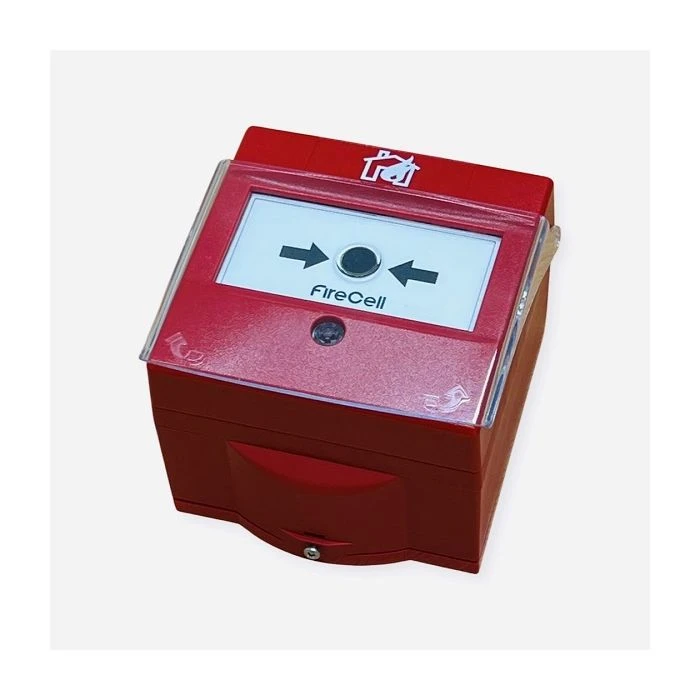
Wireless fire detection systems are particularly well-suited for:
Heritage buildings and listed properties where preserving structural integrity is crucial
Temporary structures or event spaces requiring rapid deployment of fire safety measures
Buildings with challenging layouts or materials that make wiring difficult
Facilities undergoing frequent renovations or layout changes
These scenarios benefit from the non-invasive nature of wireless systems and their ability to provide comprehensive coverage without extensive installation work.
It's important to note that while wireless systems offer many advantages, they require careful planning to ensure reliable signal strength throughout the building. Regular maintenance, including battery replacements, is also crucial for ensuring continuous operation and compliance with fire safety regulations.
25/04/2025 • by Alice P